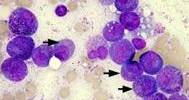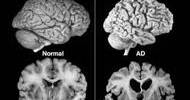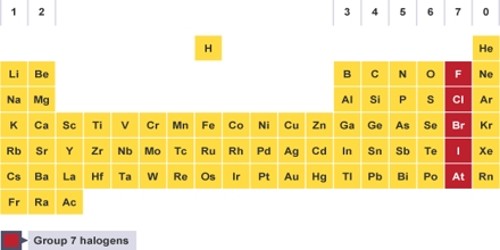The gut-brain axis is a complex system that involves the communication between the gut microbiome and the brain. The gut-brain axis, or two-way communication between bacteria in the gastrointestinal tract and the brain, has gained increasing attention from researchers over the past ten years.
These “conversations” can alter how these organs function and entail a complicated network of chemical signals produced by both microbes and the brain, which makes it difficult for scientists to grasp.
“Currently, it is difficult to determine which microbial species drive specific brain alterations in a living organism,” said first author, Dr. Thomas D. Horvath, instructor of pathology and immunology at Baylor College of Medicine and Texas Children’s Hospital.
“Here we present a valuable tool that enables investigations into connections between gut microbes and the brain. Our laboratory protocol allows for the identification and comprehensive evaluation of metabolites compounds microbes produce at the cellular and whole-animal levels.”
The gut microbiota is a diverse and abundant population of advantageous bacteria that lives in the gastrointestinal system. Gut bacteria are increasingly understood to have an impact on distant organs, such as the brain, in addition to their roles in maintaining the intestinal environment.
“Gut microbes can communicate with the brain through several routes, for example by producing metabolites, such as short-chain fatty acids and peptidoglycans, neurotransmitters, such as gamma-aminobutyric acid and histamine, and compounds that modulate the immune system as well as others,” said co-first author Dr. Melinda A. Engevik, assistant professor of regenerative and cellular medicine at the Medical University of South Carolina.
The gut microbiota is a diverse and abundant population of advantageous bacteria that lives in the gastrointestinal system. Gut bacteria are increasingly understood to have an impact on distant organs, such as the brain, in addition to their roles in maintaining the intestinal environment.
Gut microbes can communicate with the brain through several routes, for example by producing metabolites, such as short-chain fatty acids and peptidoglycans, neurotransmitters, such as gamma-aminobutyric acid and histamine, and compounds that modulate the immune system as well as others.
Dr. Melinda A. Engevik
“Animal models have been paramount in linking microbes to these fundamental neural processes,” said co-author Dr. Jennifer K. Spinler, assistant professor of pathology and immunology at Baylor and the Texas Children’s Hospital Microbiome Center. “The protocol in the current study enables researchers to take steps toward unraveling the specific involvement of the gut-brain axis in these conditions, as well as its role in health.”
A road map to understand the complex traffic system in the gut-brain axis
Growing the microorganisms in the lab first, collecting the metabolites they created, and analyzing them using mass spectrometry and metabolomics was one method the researchers used to get insight into how a single species of microbe might affect the gut and the brain.
Mass spectrometry is a laboratory method that can be used to measure known substances and identify novel ones by calculating their molecular weight. A method for studying metabolites on a wide scale is called metabolomics.
“The effect of metabolites was then studied in mini-guts, a laboratory model of human intestinal cells that retains properties of the small intestine and is physiologically active,” Engevik said. “In addition, the microbe’s metabolites can be studied in live animals.”
“We can expand our study to a community of microbes,” Spinler said. “In this way we investigate how microbial communities work together, synergize and influence the host. This protocol gives researchers a road map to understand the complex traffic system between the gut and the brain and its effects.”
“We were able to create this protocol thanks to large interdisciplinary collaborations involving clinicians, behavioral scientists, microbiologists, molecular biology scientists and metabolomics experts,” Horvath said.
“We hope that our approach will help to create designer communities of beneficial microbes that may contribute to the maintenance of a healthy body. Our protocol also offers a way to identify potential solutions when miscommunication between the gut and the brain leads to disease.”
















